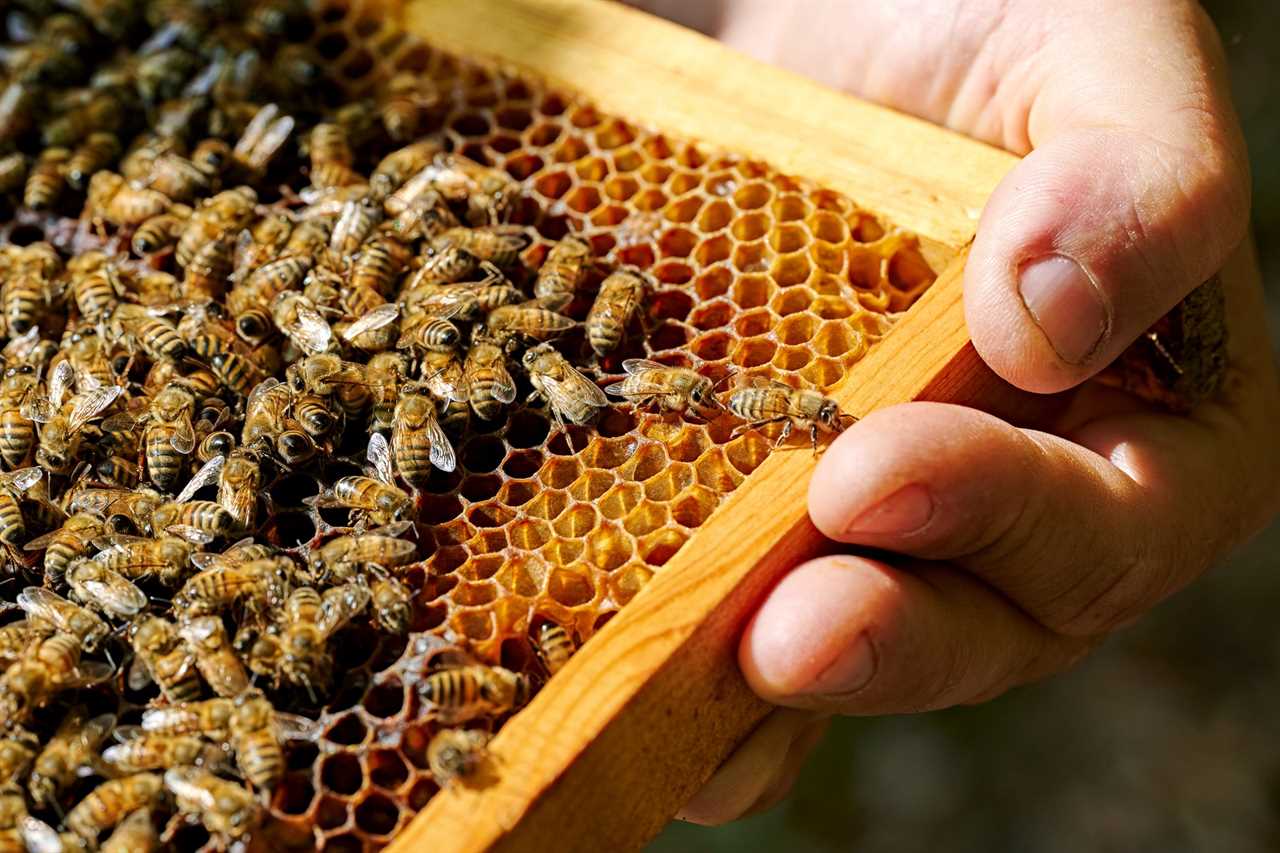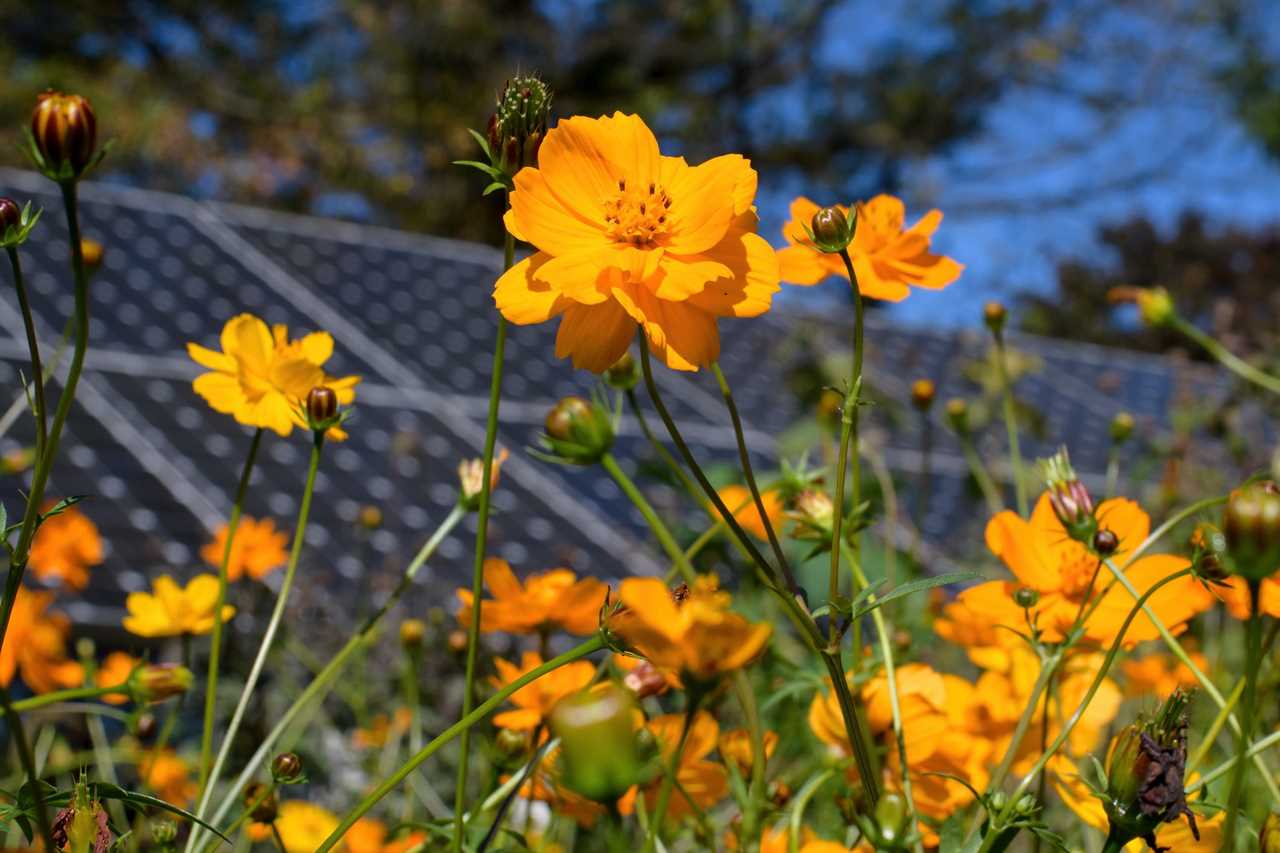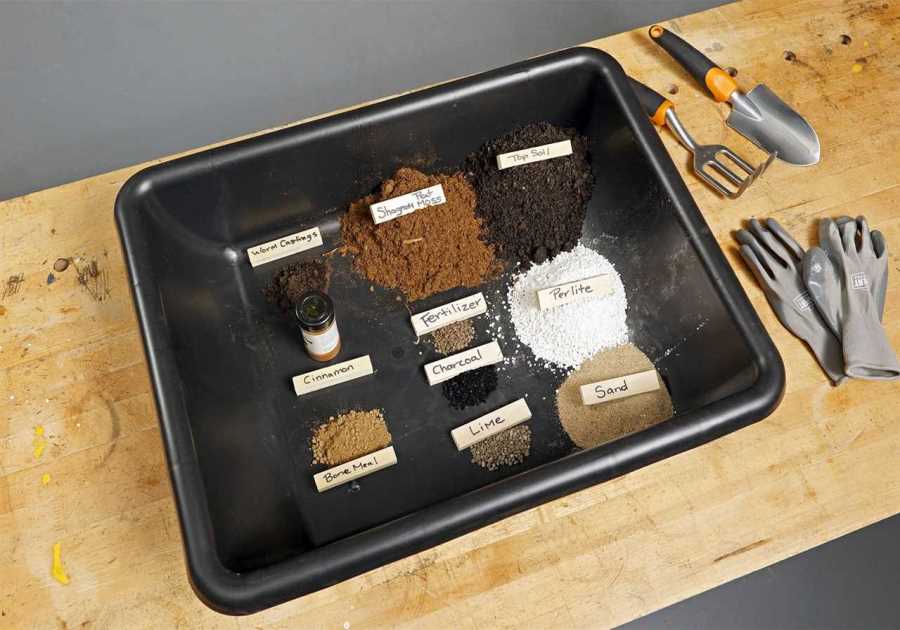My parents met in the 1960s, when the modern environmental movement blossomed. Congress passed the Clean Air and Water Quality Acts in 1963 and 1965, respectively. Although ecology and carbon emissions were not yet household words, my family embraced the concepts of living simply, extending kindness toward nature and paying attention to how our actions impacted the natural world.
Everything from processed foods to lawn chemicals were conspicuously absent from our household. I’m eternally thankful for growing up in such an environment, then sharing some of that knowledge through my career as a sustainability and nature writer.
Here’s what to know about environmental sustainability, and how we can do it better.
What Is Environmental Sustainability?

In the late 1980s, the United Nations defined environmental sustainability as “meeting the needs of the present without compromising the ability of future generations to meet their own needs.” This means using Earth’s resources in ways that don’t permanently damage them. Sharing the planet harmoniously with plants, animals and fellow humans creates a more livable and vibrant future for all of us.
At home, environmental sustainability means making small changes in how we live. Things like using less water and energy, driving less and fostering native habitat in our towns and cities.
“But individual actions aren’t enough on their own,” says Hannah Birgé, Ph.D., a senior agricultural scientist at The Nature Conservancy. “We also need businesses and governments to lighten their impact on the environment.
“We are on the cusp of a transformation to a sustainable world, but it will take everyone — from individual citizens to multinational companies — to do their part.”
10 Sustainability Terms To Know

Unfortunately, sustainability discussions feature too much scientific jargon. That makes the concepts difficult to understand, and sometimes downright boring to read through. But once you get the basics, it’s easier to decode. Here are a few common terms:
- Biodiversity: Refers to all the rich and abundant lifeforms on Earth. A system high in biodiversity maintains healthy ecosystems, including clean air and clear water — vital for human life.
- Carbon emissions: Aka greenhouse gases (GHGs) like carbon dioxide and methane, a form of air pollution. As we burn fossil fuels, we put GHGs into the atmosphere, trapping the sun’s energy — a major source of climate change (see below).
- Carbon footprints: The amount of greenhouse gases produced by someone or something, including companies, countries, products and individual households.
- Climate change: Aka the climate crisis or global warming, this is the human-caused alteration of Earth’s climate, including enhanced droughts, storms and changes in wind patterns. The climate is now changing too fast for many life forms to adjust. That’s why it’s vital for the world-wide effort to slow climate succeeds in the next couple of decades.
- Ecosystems: Communities of plants, animals, fungi and microorganisms, plus their environments of soil, water and air. “These systems interact in a complex balance and provide humans with the food we eat, air we breathe and water we drink,” says Birgé. “Even though humans are thought of as being outside the ecosystem, we are in fact part of the ecosystem!”
- Environmental equality: Aka environmental justice, this means the right for every person to live in a healthy environment, regardless of their income, race, nationality, gender or age. It’s important in sustainability not just for fairness, but because inequality exacerbates environmental problems.
- Greenwashing: When companies make misleading claims about their environmental sustainability, like natural gas being a clean energy, or laundry sheets being plastic-free even though they’re not. It’s a rampant problem, which unfortunately undermines our confidence in the phrase “environmental sustainability” for products.
- Natural resources management: A scientific approach to the protection and conservation of the Earth’s living and nonliving resources, including water, land and wildlife.
- Resilience: The ability of a system, like a forest, coral reef or human community, to withstand and recover from ecological damage like wildfires and storms.
- Sustainable food and farming: This means minimizing the impacts of crops and livestock on the environment. The effort involves switching to methods like regenerative farming to protect soil, reducing pesticide and fertilizer use and reducing animal waste pollution. This is key, as farming activities cover roughly 40% of Earth’s surface.
At-Home Examples of Environmental Sustainability

There’s no one-size-fits-all approach to environmentally sustainability, but it’s important to take some action.
“For years, people thought climate change was someone else’s problem to solve, but with time running short, it’s everyone’s problem now,” says Austin Whitman, CEO of Climate Neutral. “The good news is that solutions exist.”
Here are a few ways you can help become more environmentally sustainable.
Create an organic yard and choose organic food
Pesticides and fertilizers pollute and damage ecosystems, plus contaminate our food. Try to eliminate them from your yard and garden, and foster wildlife habitat by adding native pollinator-friendly plants. Similarly, if you can afford it, buy organic foods, which are less damaging to the ecosystems where they’re grown.
Reduce your carbon footprint
Buy less stuff and opt for products with less packaging. Conserve water and energy at home by fixing leaks, installing LED lighting, opting in to renewable energy and switching away from appliances and lawn care tools that run on gas, diesel, natural gas or propane. Consider meatless meals a few times a week. And break out that bicycle!
Join the chorus
Help others become more environmentally sustainable by supporting companies that take credible climate and biodiversity action, volunteering and donating to environmental organizations and voting.
“Voting is your simplest, cheapest option for contributing to system change,” says Whitman. “So on Election Day, head to the polls.”
------------------------------------
By: Karuna Eberl
Title: What Is Environmental Sustainability?
Sourced From: www.familyhandyman.com/article/what-is-environmental-sustainability/
Published Date: Fri, 11 Aug 2023 18:09:15 +0000
Did you miss our previous article...
https://conservativedailytimes.com/lifestyle/what-is-happiness-based-on-the-results-of-a-lifelong-study
.png)





